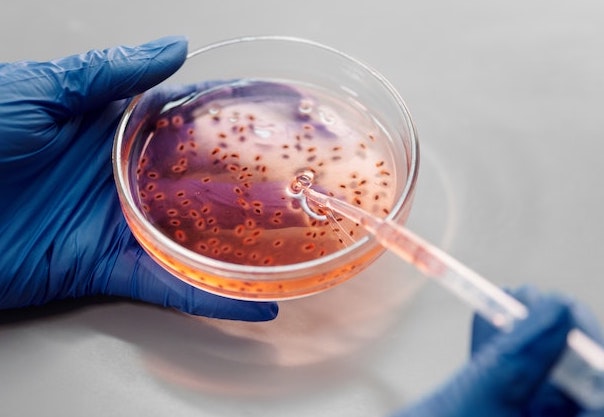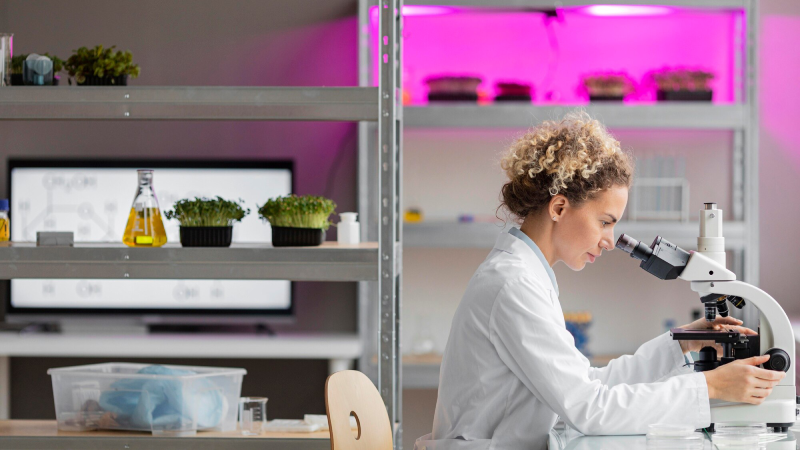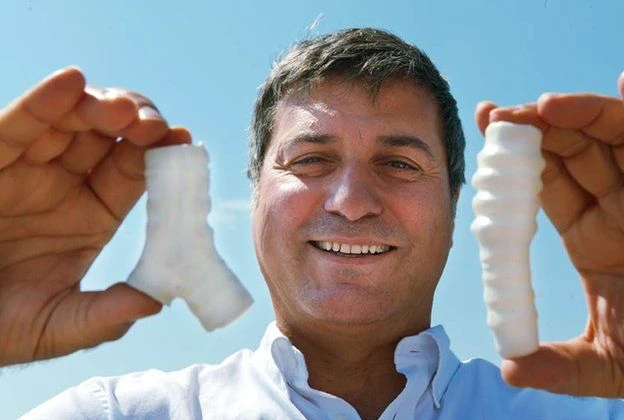
A genetic mutation is a change or alteration in the DNA sequence that makes up a gene. These changes can occur naturally, or they can be caused by external factors such as exposure to radiation or certain chemicals.
Mutations can be classified into two main categories: inherited and acquired. Inherited mutations are passed down from parent to child, while acquired mutations occur during an individual’s lifetime.
There are several types of genetic mutations, including point mutations, insertions, deletions, duplications, and chromosomal abnormalities.
Point Mutations
A point mutation is a change in a single nucleotide base (A, T, C, or G) in the DNA sequence. These mutations can be classified into two categories: transitions and transversions. A transition occurs when a purine base (A or G) is replaced with another purine base, or when a pyrimidine base (C or T) is replaced with another pyrimidine base. A transversion occurs when a purine base is replaced with a pyrimidine base, or vice versa. Point mutations can have a wide range of effects on an organism, from having no effect to causing genetic disorders.
Point mutations are the most common type of genetic mutation, and they involve a change in a single nucleotide base (A, T, C, or G) in the DNA sequence. Insertions and deletions involve the addition or removal of one or more nucleotide bases, respectively. Duplications occur when a segment of DNA is copied multiple times, while chromosomal abnormalities involve changes in the number or structure of chromosomes.
Mutations can have a wide range of effects on an organism. Some mutations may have no effect at all, while others can cause genetic disorders or increase an individual’s risk for certain diseases. Some mutations can also have beneficial effects, such as increasing resistance to certain viruses or bacteria.
Insertions
Insertions occur when one or more nucleotide bases are added to the DNA sequence. This can disrupt the reading frame of the gene and can cause a shift in the amino acids that are coded by the gene, leading to a change in the protein that is produced. Insertions can also cause a frameshift mutation, which can drastically change the amino acid sequence of the protein and often leads to a non-functional protein.
Deletions
Deletions occur when one or more nucleotide bases are removed from the DNA sequence. Like insertions, deletions can disrupt the reading frame of the gene and can cause a shift in the amino acids that are coded by the gene, leading to a change in the protein that is produced. Deletions can also cause a frameshift mutation, which can drastically change the amino acid sequence of the protein and often leads to a non-functional protein.
Duplications
Duplications occur when a segment of DNA is copied multiple times. This can lead to an excess of a particular protein being produced, which can have a wide range of effects on an organism. Some duplications can be benign, while others can cause genetic disorders.
Chromosomal Abnormalities
Chromosomal abnormalities occur when there is a change in the number or structure of chromosomes. This can include conditions such as Down syndrome, in which there is an extra copy of chromosome 21, or Turner syndrome, in which one of the X chromosomes is missing. Chromosomal abnormalities can have a wide range of effects on an organism, from having no effect to causing genetic disorders.
Future applications
The future of genetic mutation research is focused on the use of genetic technologies to identify and understand the underlying causes of genetic disorders. This includes studying the genetic variations that contribute to diseases such as cancer, diabetes, and heart disease. Additionally, advances in genetic engineering and gene therapy are being used to develop new treatments for genetic disorders.
One exciting area of research is the use of CRISPR gene editing technology to precisely and accurately target specific genetic mutations. This technology has the potential to be used to treat a wide range of genetic disorders, including inherited diseases such as sickle cell anaemia and cystic fibrosis.
Gene mutation can occur naturally or due to external factors. It can affect an organism in a wide range of effects, from no effect to causing genetic disorders or increasing risk of certain diseases.
The future of genetic mutation research is focused on using genetic technologies to identify the underlying causes of genetic disorders, as well as developing new treatments using gene therapy and genetic engineering.







